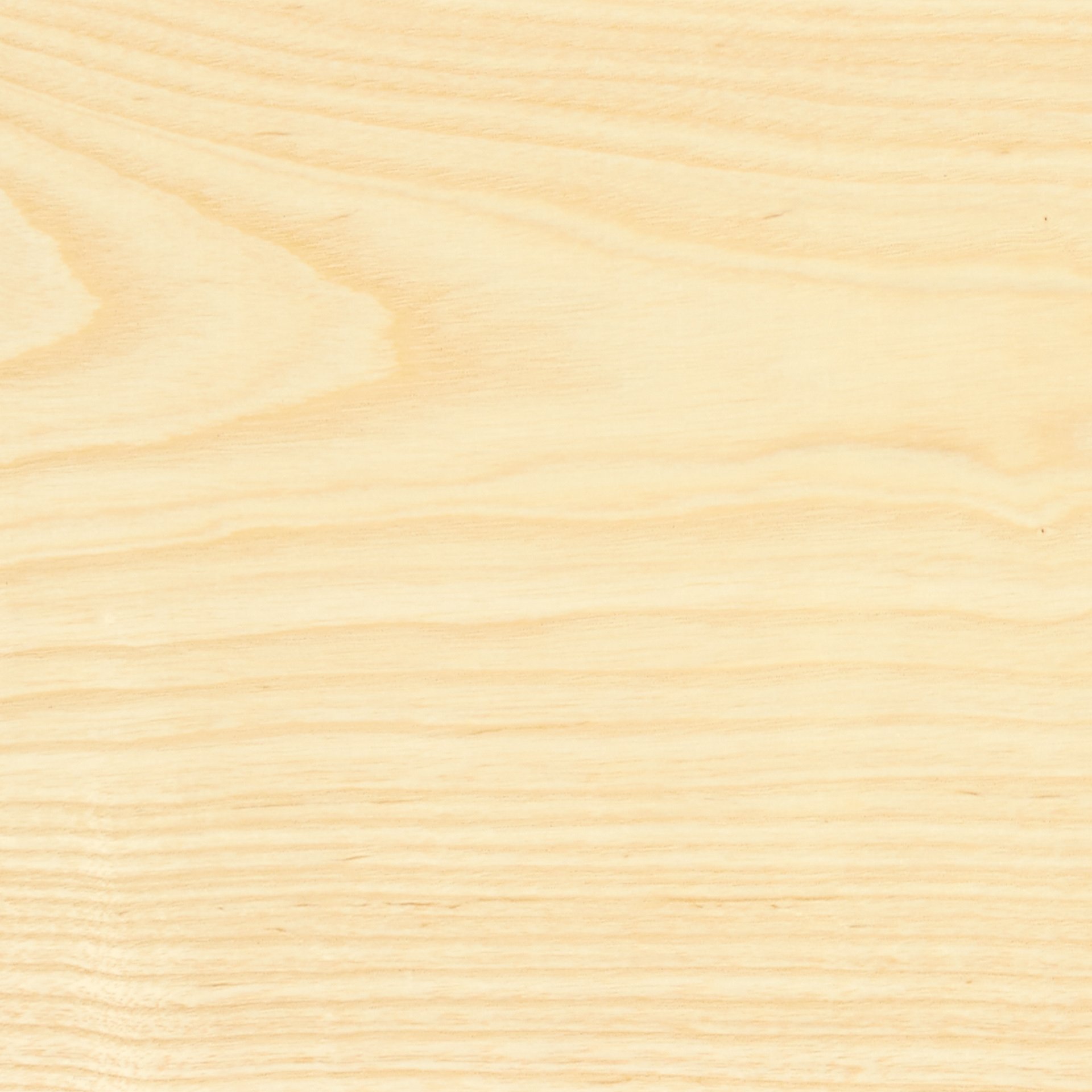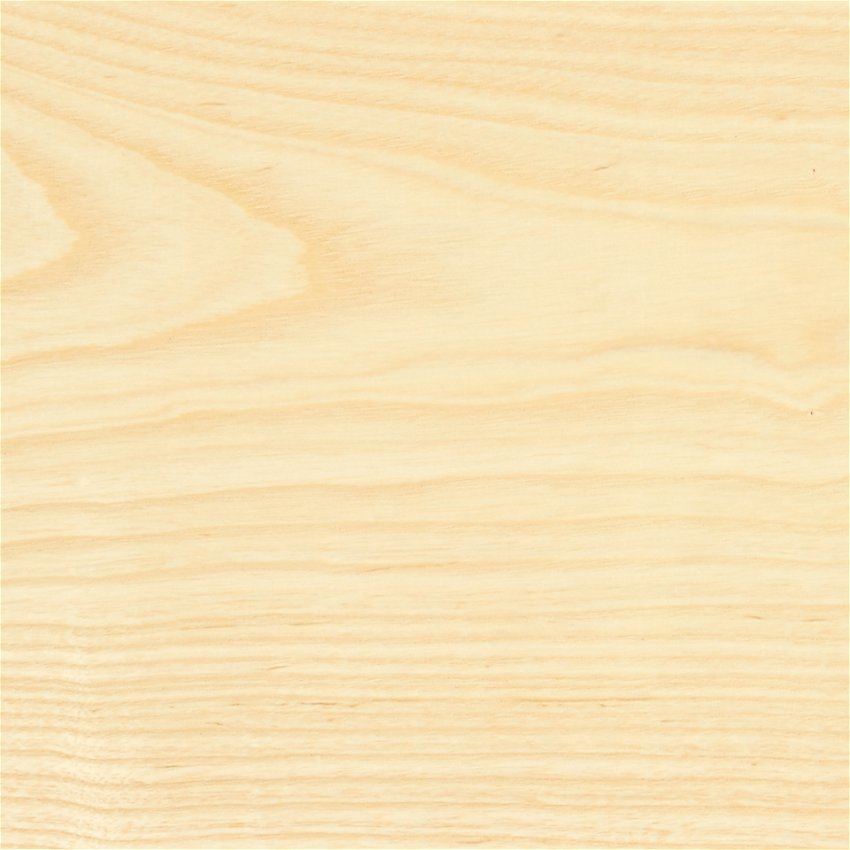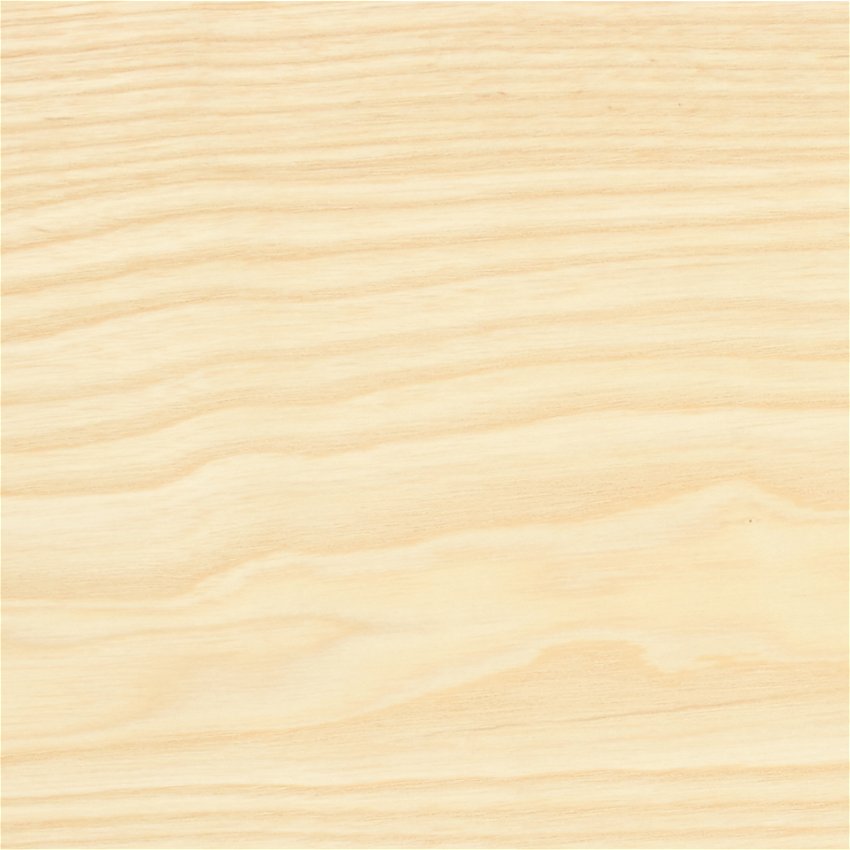American Ash
- 2 Project references
Overview
American ash is ideal for bending and turning – and strong and tough with distinctive grain, character and color. American ash trees grow commonly throughout the eastern United States in mixed hardwood forests, from the north in New York State to the southern States along the Gulf of Mexico, and everywhere in between. They grow high in the mountains and low on the plains and coastal areas giving rise to great variety of character. With such widespread distribution in latitude, climate and soil conditions, there are significant variations in ash depending on location, in particular between the slower grown northern and faster grown southern trees. There are also sub-species that add to this variety. Despite some longer-term threats by forest pests and disease to the ash standing stock of timber, ash is a prolific species.
In general ash is a light-colored wood, with sapwood varying from white to yellow and heartwood light to dark brown, sometimes with lighter streaks. The colour difference between the outer light-coloured white sapwood and inner, darker, even brown heartwood is quite distinct. Ash wood is generally straight-grained with a coarse uniform texture. Its appearance has a very strong grain contrast between the softer summer growth and hard winter growth rings. No two pieces are ever the same in appearance. Light brown flecks, or mineral streaks, sometimes referred to as ‘glassworm’, are common in ash and are treated as a natural characteristic, and are not considered as a defect under the NHLA Grading Rules. They do not undermine the integrity of the wood.
This sustainably managed wood from natural forests of North America, with its excellent environmental credentials, is popular with designers, architects, specialist users and consumers around the world. Its main uses are furniture, flooring, doors, architectural joinery and mouldings, kitchen cabinets, tool and sport handles.



